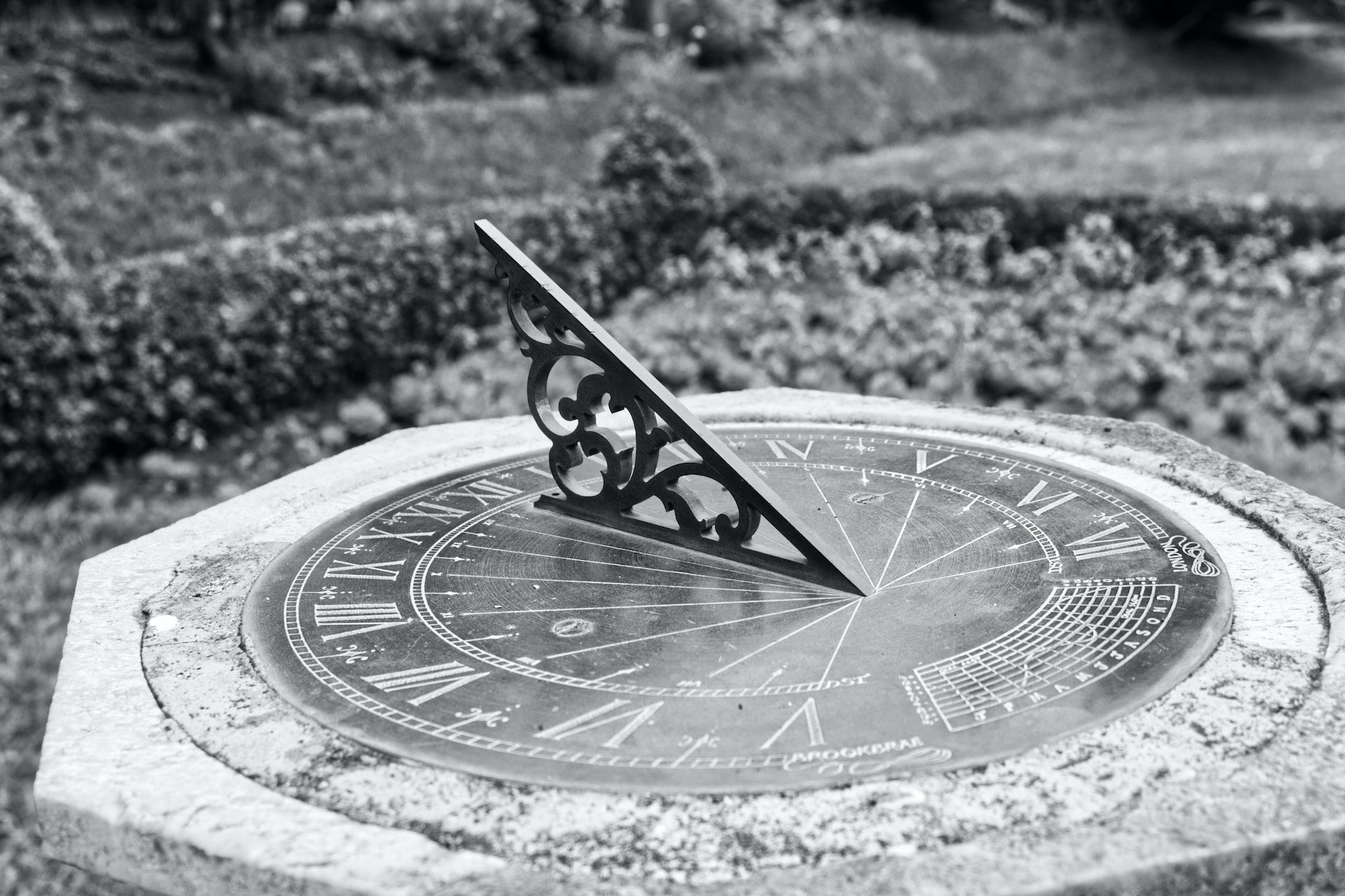Long before the invention of mechanical clocks, humans developed ingenious ways to track the passage of time. One of the most ancient methods is the sundial. Let's trace the roots of timekeeping by exploring the fascinating history of sundials.
Sundials are devices that tell time based on the position of the sun. The earliest known sundials date back to ancient Egypt around 1500 BC. They used a vertical stick or "gnomon" to cast a shadow on a marked surface. As the sun moved across the sky, the shadow moved, indicating the time of day.
Sundials became more advanced in ancient Greece and Rome, where horologists developed a range of different designs to increase their accuracy. The Romans even introduced portable sundials, a predecessor to today's wristwatches.
In the Middle Ages, as Christianity spread, monasteries became centers of learning and technological innovation. Monks created increasingly complex sundials to regulate their prayer times.
The invention of mechanical clocks in the 14th century marked the beginning of the end for the sundial as a primary timekeeping device. However, sundials continued to be used to set and check the accuracy of mechanical clocks until the 19th century.
Today, sundials are mostly seen as decorative garden features or educational tools. They serve as a reminder of our journey in timekeeping and bear testament to our ancient ancestors' ingenuity.


